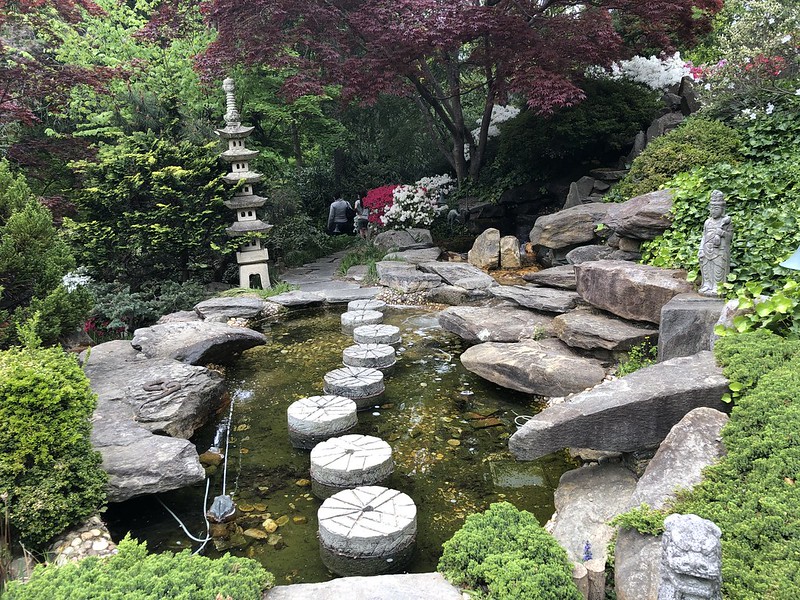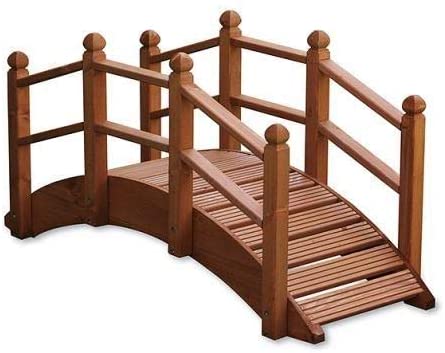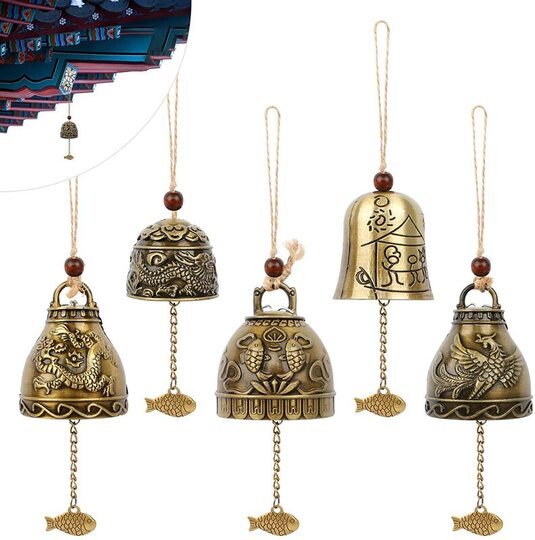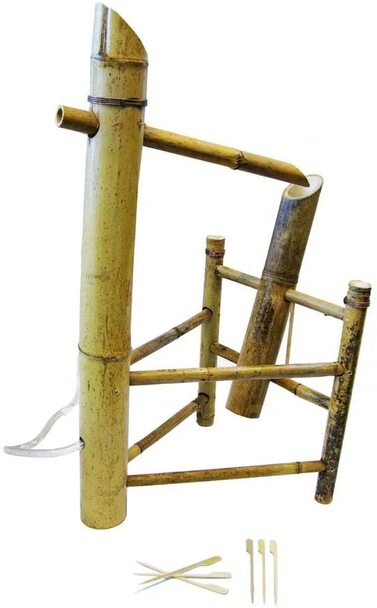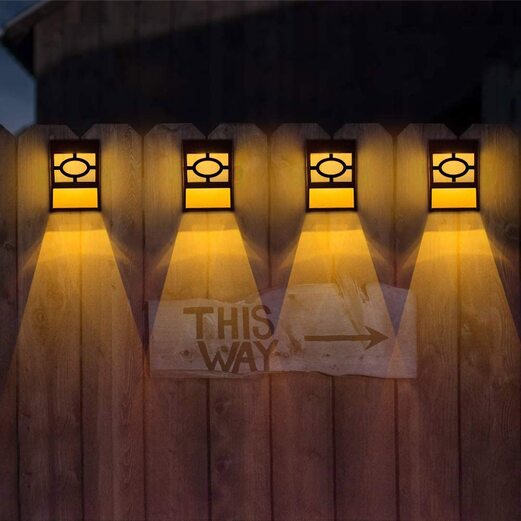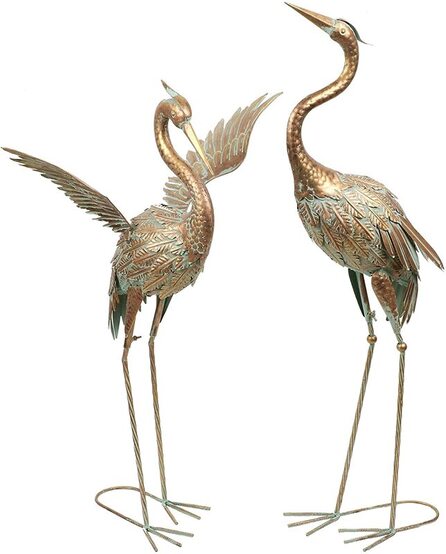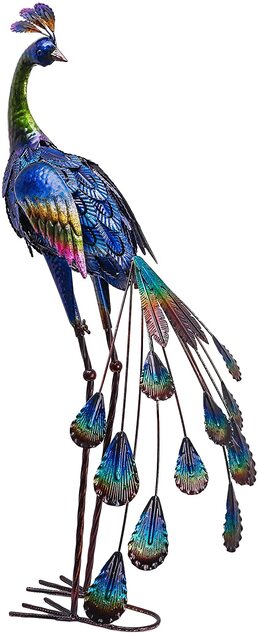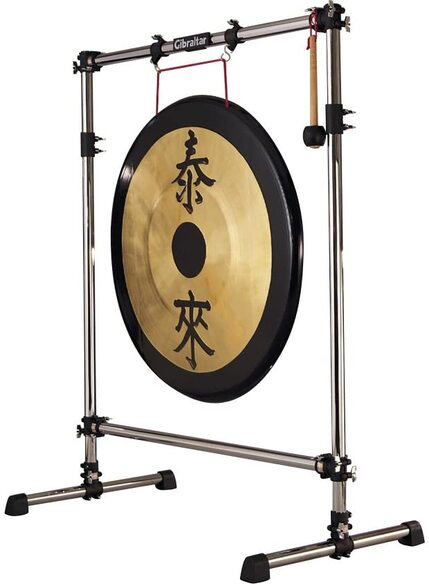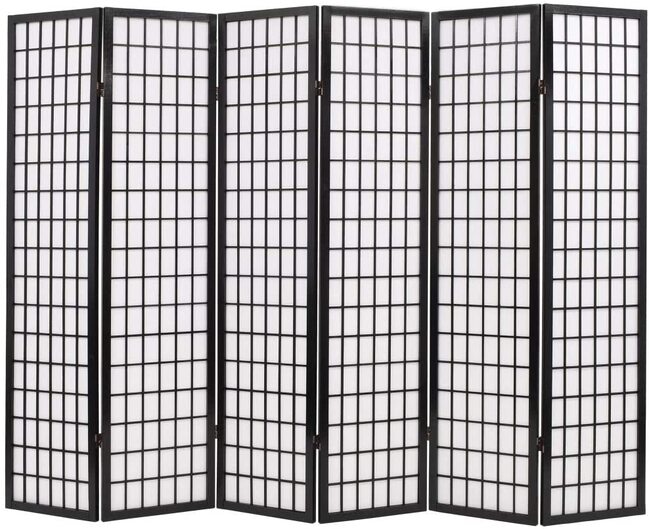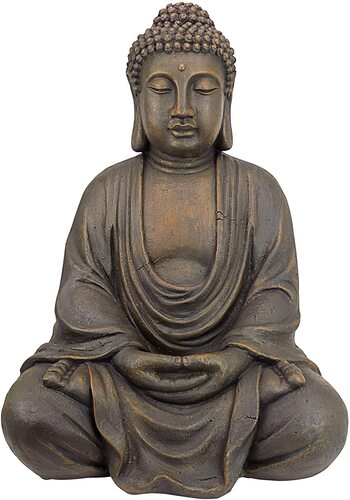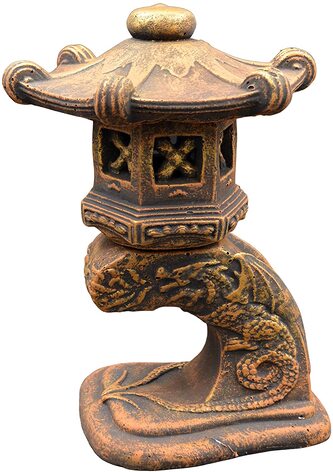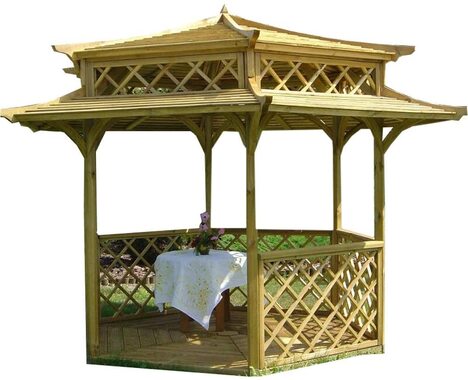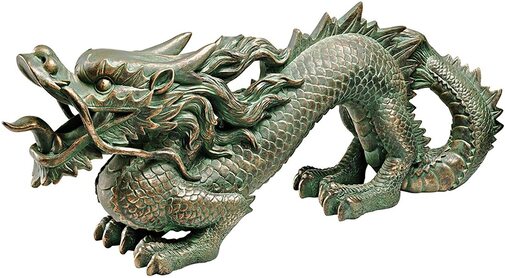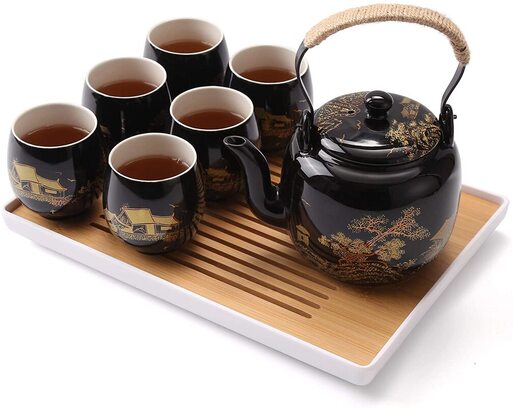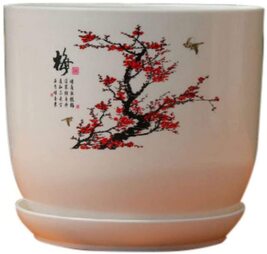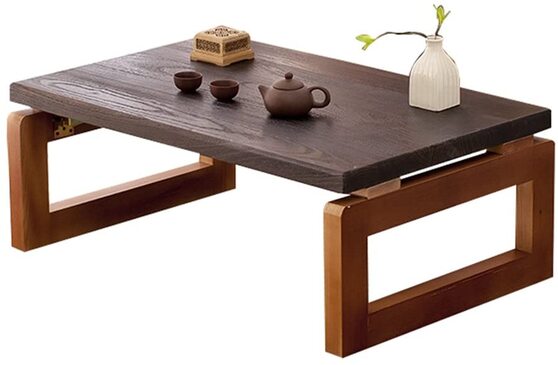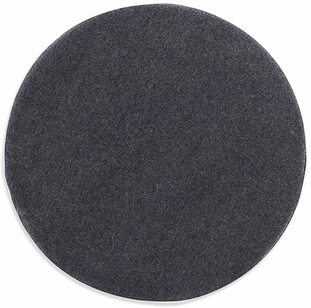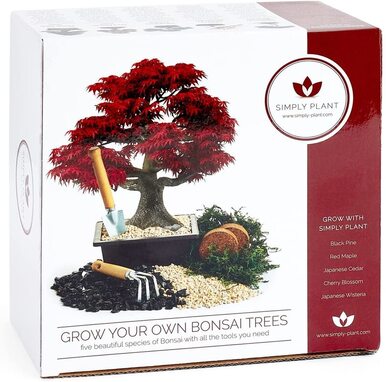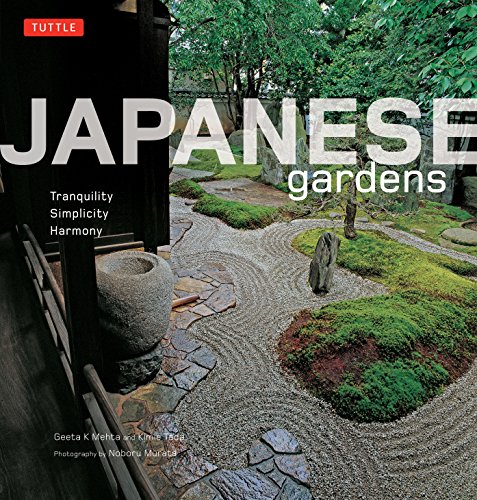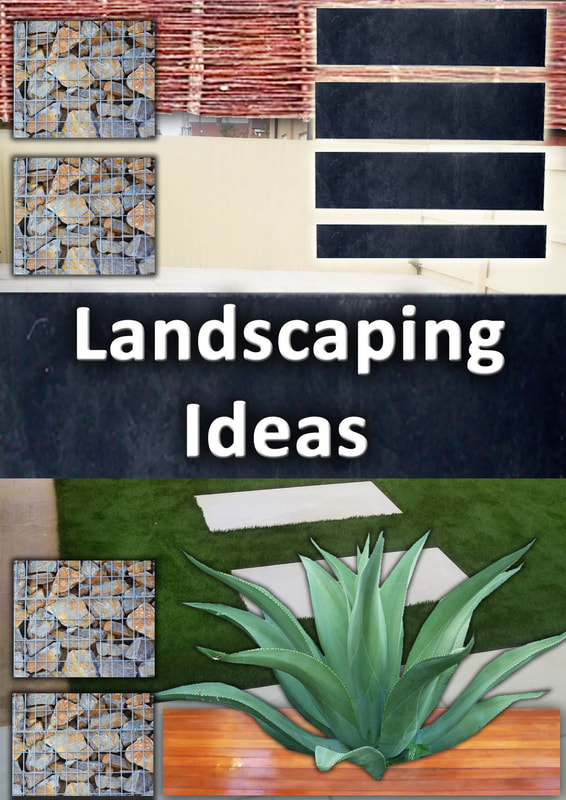|
This article contains affiliate links
Japanese gardens have a captivating aesthetic which almost seems to condense the wonders of nature into a garden scale. It seems they can take the most striking elements of the natural world enhancing and exaggerating their qualities.
At the same time Japanese gardens have a simplicity and visual balance which is hard to describe. Any two such gardens can be completely different and yet still be recognised as the Japanese style. Japanese gardens are able to create scenes which you could literally stare at all day.
In fact many traditional designers seek to recreate the wonder of a landscape painting in a garden! Hence it is no wonder that Japanese gardens have become so famous worldwide.
There is few places on earth who have not recreated this style of garden design. Apart from the design itself there are also Japanese garden accessories to enhance the theme even further. Consequently in this article we have listed 20 of the best Japanese garden accessories available! 1. Bamboo wind chimes
Bamboo wind chimes are very characteristic of Japanese gardens and create a distinct sound in the breeze. Traditionally utilised within the spatial organisation discipline of Feng Shui to disperse negative energy and welcome in positive.
2. Wooden bridges
It is very common for Japanese gardens to have red, arched bridges. Traditionally these arches were to allow boats to pass underneath. Wooden bridges would typically link islands of land and symbolise transition and serenity.
3. Feng Shui bells
Many elements in Japanese gardens focus around the laws of feng shui. These laws seek to organise physical spaces and living environments in synchronicity with the energy of nature. Feng shui bells help to break stagnant energy and re-energise a space with harmony.
4. Bamboo dear scarcer
These fantastic water features are typical of Japanese gardens and have a historical significance. Bamboo dear scarers were traditionally used to scare deer away from eating vegetables and plants. When the open end fills with water it pivots down and impacts with a rock, creating continuous knocks.
5. Solar wall lights
Japanese gardens are famous for their intelligent of use of lighting. Lights typically are used to enhance landscape features and light up avenues and pathways. A typical Japanese light is the square wall light which can be used to illuminate structures. These solar lights are a perfect way to replicate this effect in a Japanese garden.
6. Stork ornaments
Stork ornaments and statues are very common in Japanese gardens. It is thought the reason for this is they have a natural elegance and beauty. Storks have also frequently featured in many Japanese, landscape paintings throughout history. In Japanese culture the stork is said to represent wisdom, longevity, prosperity and grace.
7. Peacock ornaments
Another bird which features in Japanese culture is the peacock which easily demonstrates the beauty of nature. These birds are said to be guardians from disaster and hardship! This is because they have an ability to consume poisonous snakes and plants with no ill effects.
8. Japanese warrior ornaments
Japanese warriors or Samurais were a prestigious class of military swordsmen from the Middle Ages to the 1800’s. They have been engrained into Japanese culture with their elaborate armour and fighting skill. The form of the Japanese warrior is celebrated in statures and ornaments across the globe.
9. Gongs
If you really want to install a focal point with impact into your Japanese garden Gongs are perfect. These exciting instruments can evoke a real feeling of authenticity into a Japanese garden. According to Feng Shui Gongs can stimulate positive energy and when struck bring good luck and fortune.
10. Japanese screens
To take your Japanese garden to the next level there is one accessory which will stun your guests. Japanese screens have been used for centuries to compartmentalise spaces and shelter from wind. These fold out screens are perfect to create outside rooms when you have friends over for tea ceremonies.
11. Buddha statue
Buddha statues in Japan are only used in gardens of temples and museums. However there is no rule to say you cannot add these statues to your own Japanese garden. Gardens are open to interpretation and forms of Buddha are extremely popular in the west.
12. Stone lanterns
If there is one thing a Japanese garden simply can’t to without it is a traditional stone lantern. These come in a range of forms which are all stunning. These can be wired into an external electrical circuit or you can use solar alternatives. We have included some exceptional examples below.
13. Pagodas
In Japanese gardens Pagodas are extremely decorative with their multiple tiered towers. Traditionally these were built as a place of worship and look fantastic nestled into the landscape. Smaller garden pagodas are available on the market today and great for tea ceremonies. We have linked to some great examples here.
14. Asian dragon ornaments
Dragons are more commonly associated which Chinese culture more than Japanese. To the contrary however dragons are also important in Japanese tradition and said to have supernatural powers. In Japan the dragon symbolises wisdom, freedom, balance and good luck.
15. Japanese tea set
Many who pursue the dream of creating the perfect Japanese garden fantasise about creating a tea ceremony. These tea drinking events are very specifically placed within a tea room or open, outside structure. Having a Japanese tea set will bring a real sense of authenticity to any Japanese garden.
16. Japanese pots
Whether you have a large site for your Japanese garden or a small city garden it doesn’t really matter! As long as you incorporate some Japanese garden elements and accessories is easy. If you have to grow in containers get pots with a Japanese style just like the one below.
17. Japanese table
If you want to incorporate some Japanese custom into your garden why not add some traditional furniture. This Japanese table is typical of communal seating in Japan where you sit around without chairs. What a perfect way to enjoy your garden with friends and have some Japanese cuisine?
18. Japanese seating pads
A Japanese table and seating area can really provide an authentic Japanese garden experience. However if you embrace this idea it may be an idea to ease bottoms in gently with some seating pads. These can also be grouped together to provide areas to lounge after an intense eating session.
19. Bonsai set
Bonsai is quite essentially the essence of Japanese excellence, discipline and admiration for nature. This ancient practice restricts the growth of trees roots to make them grow in miniature. In order to master bonsai you must engage in daily care with continuous clipping and feeding. This set will give you everything you need to get started with bonsai in your Japanese garden.
20. Book of Japanese gardens
No matter what stage your Japanese garden is at like nature these spaces are an ever evolving entity. Books of Japanese gardens are a great resource for further research and extra inspiration. We have provided some of the best available for you below here.
Thank you for reading our article on 20 Japanese garden accessories and elements. Did it help you with your search? If so feel free to share it via the tabs below, it really helps us out and helps us to keep providing useful landscaping content.
For more information on how to create a Japanese garden read our article on the subject here. Thank you!
'As an Amazon Associate I earn from qualifying purchases'
0 Comments
Leave a Reply. |
The Author
|
Landscaping services across Buckinghamshire, Amersham, Aylesbury & High Wycombe
Hyde Heath, Amersham, Buckinghamshire |
|

